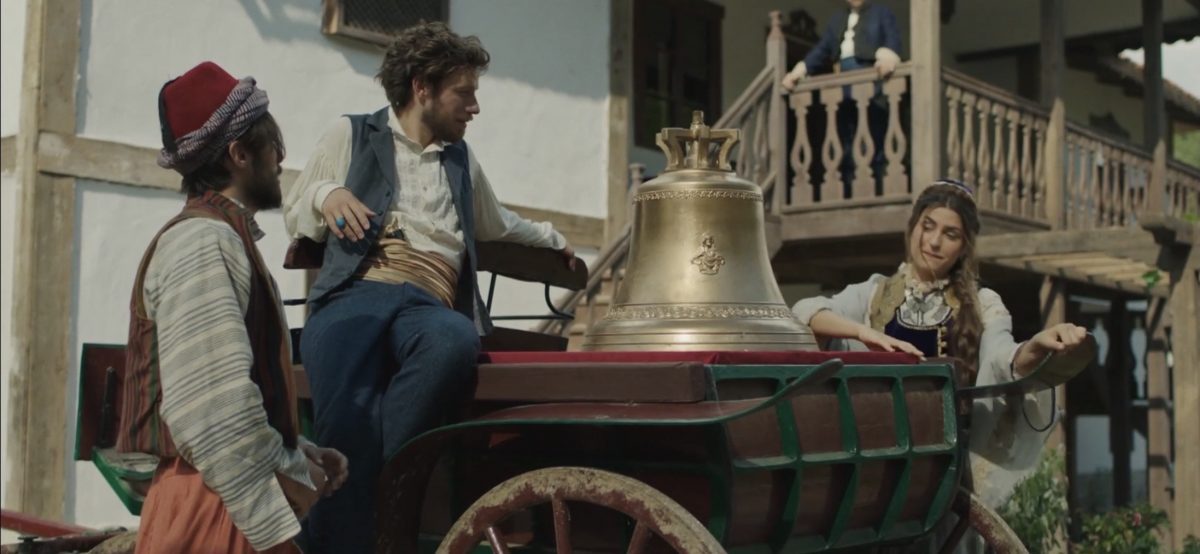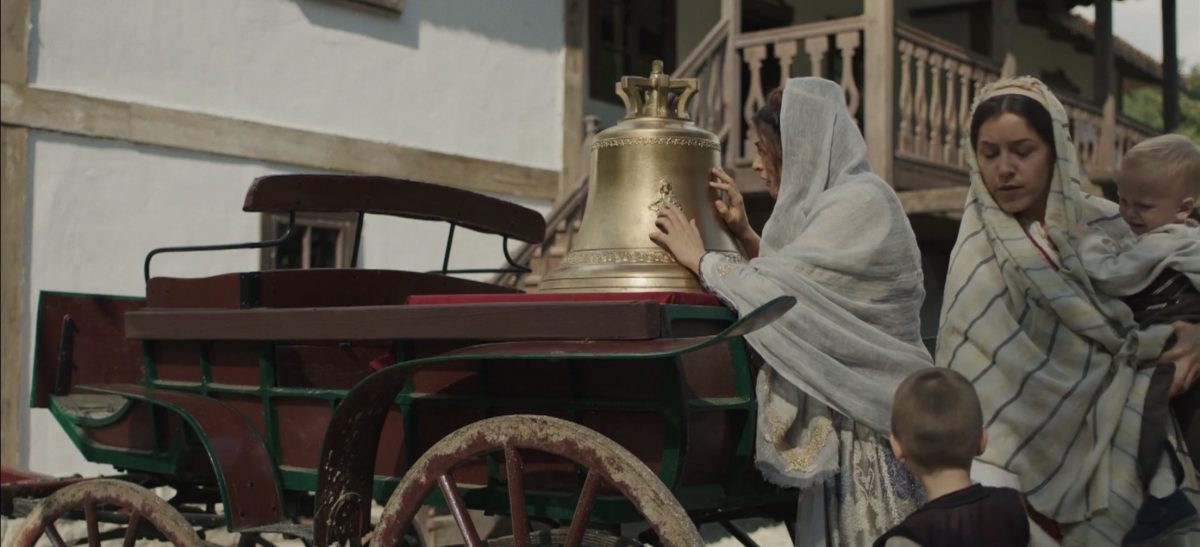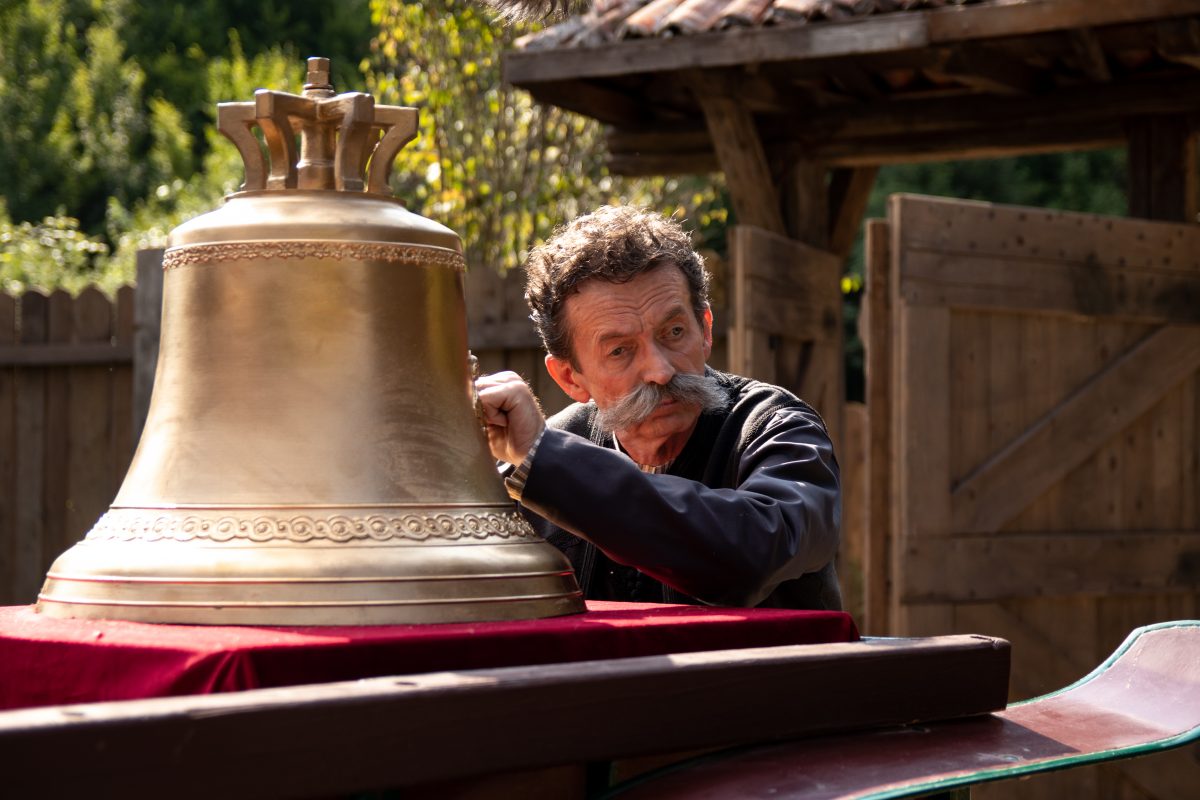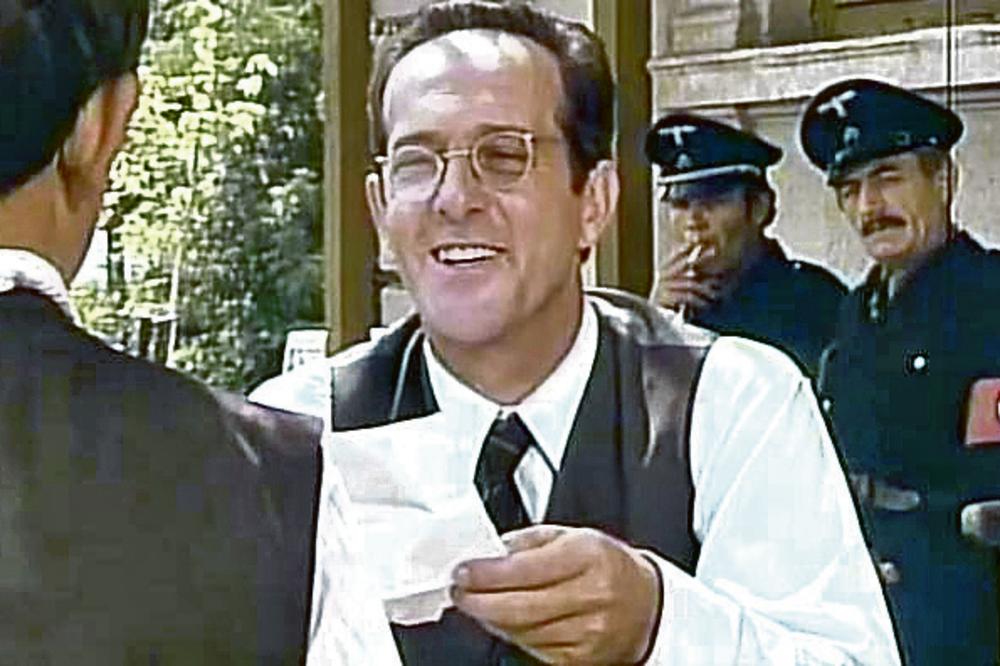Much of the second episode of the Nečista Krv series (“Impure Blood”), which is aired on the weekends, at 8 pm, on the RTS Programme 1, is dedicated to the transportation of the church bell from Austria to Vranje, at the request of a prominent Serb from that area, Hajji Trifun

In the mid-19th century, at the time when the saga about Hajji Trifun and his descendants began, entire generations of Serbs, living in slavery, never heard the sound of a church bell. This symbol of Christianity was strictly forbidden under Turkish rule.
Although the plot of the series is set at the time when the power of the Ottoman Empire started to decline, the question is whether a Serb, no matter how influential and rich, had so much freedom to ring the bell on the Orthodox church? “If I may say, we embellished that story a little bit, for dramaturgical purposes,” says director Milutin Petrović. “To put up a bell on an Orthodox church in the Ottoman Empire in 1850 was a huge thing, and Hajji Trifun could not do it in Vranje at the time,” the series director explains.
“History records show that the first bell in Serbia was put up at the Cathedral in Belgrade in 1838. The whole of Belgrade gathered to hear the bell chime, and the Turks were so frightened by this event that they fired from all weapons from the Kalemegdan Fortress to drown out the sound of the bell. Until then, Serbs had not heard the sound of bells for generations. Only the people living in Belgrade heard it when the wind from the direction of Zemun brought the quiet sound of bells on a Roman Catholic shurch“, says Petrović and reminds that in the working version the film “Impure Blood – Sin of Ancestors” was called “Hajji’s Bell”.

In order to achieve dramaturgical effects and convey to the audience the influence and power that Hajji Trifun had locally, director and screenwriter Milena Marković, who was in charge of adapting the original screenplay by Voja Nanović, credited Hajji Trifun to bringing the first church bell to Serbia, although there is no written evidence to support or disapprove such a claim.
It is interesting to note that the scenes in which Hajji Trifun, accompanied by prominent Serbs from Vranje, presents the bell to the monastery, were not filmed in Vranje, nor on the set specially built for the series.

It is the Poganovo Monastery that plays the lead role in these impressive scenes. The Monastery is located in the municipality of Dimitrovgrad, in the magnificent canyon of the river Jerma. It was built in the 14th century, as an endowment of the Serbian nobleman Konstantin Dejanović Dragaš (nephew of Emperor Dušan) and his wife Jelena, and it is dedicated to St. John the Theologian.
The reason why the team making the series chose Poganovo is that this monastery has almost completely retained its authentic appearance. Namely, until 1927, there were no passable roads in the Jerma canyon leading to the Monastery. Thanks to that, unlike most Serbian shrines, the Poganovo monastery has never been devastated.
